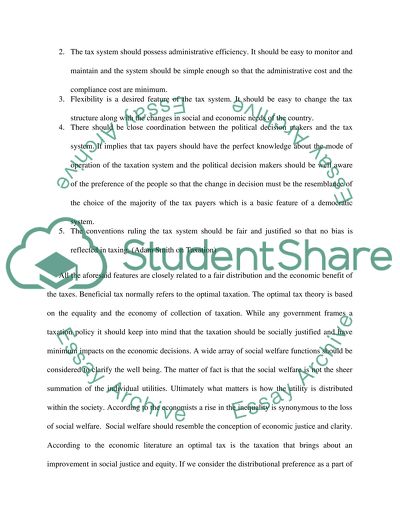Cite this document
(What Factors Need to Be Taken into Account When Designing a Tax System Coursework, n.d.)
What Factors Need to Be Taken into Account When Designing a Tax System Coursework. Retrieved from https://studentshare.org/finance-accounting/1554921-public-finance-tax-system
What Factors Need to Be Taken into Account When Designing a Tax System Coursework. Retrieved from https://studentshare.org/finance-accounting/1554921-public-finance-tax-system
(What Factors Need to Be Taken into Account When Designing a Tax System Coursework)
What Factors Need to Be Taken into Account When Designing a Tax System Coursework. https://studentshare.org/finance-accounting/1554921-public-finance-tax-system.
What Factors Need to Be Taken into Account When Designing a Tax System Coursework. https://studentshare.org/finance-accounting/1554921-public-finance-tax-system.
“What Factors Need to Be Taken into Account When Designing a Tax System Coursework”. https://studentshare.org/finance-accounting/1554921-public-finance-tax-system.


